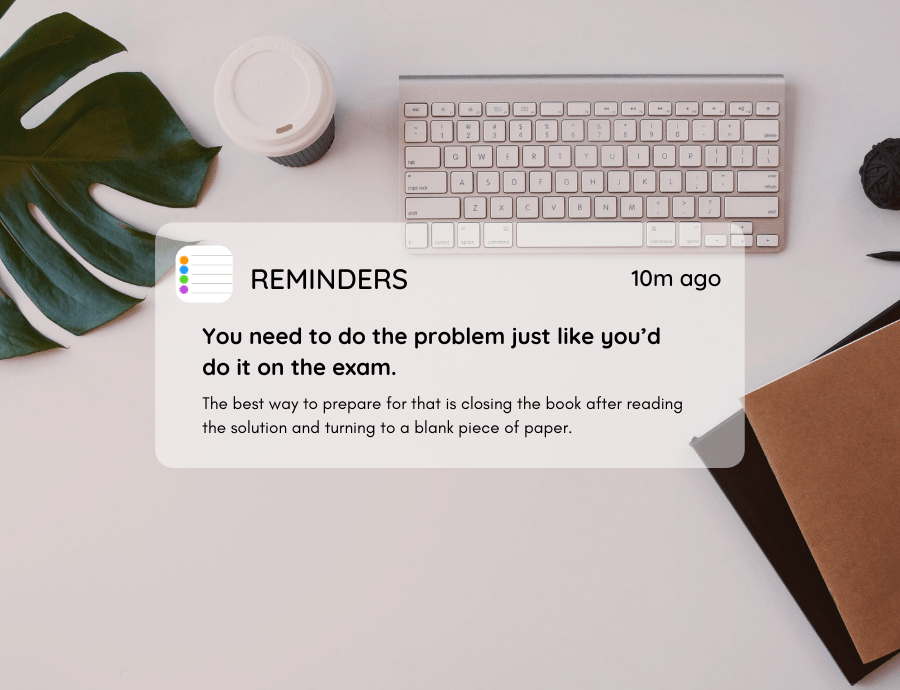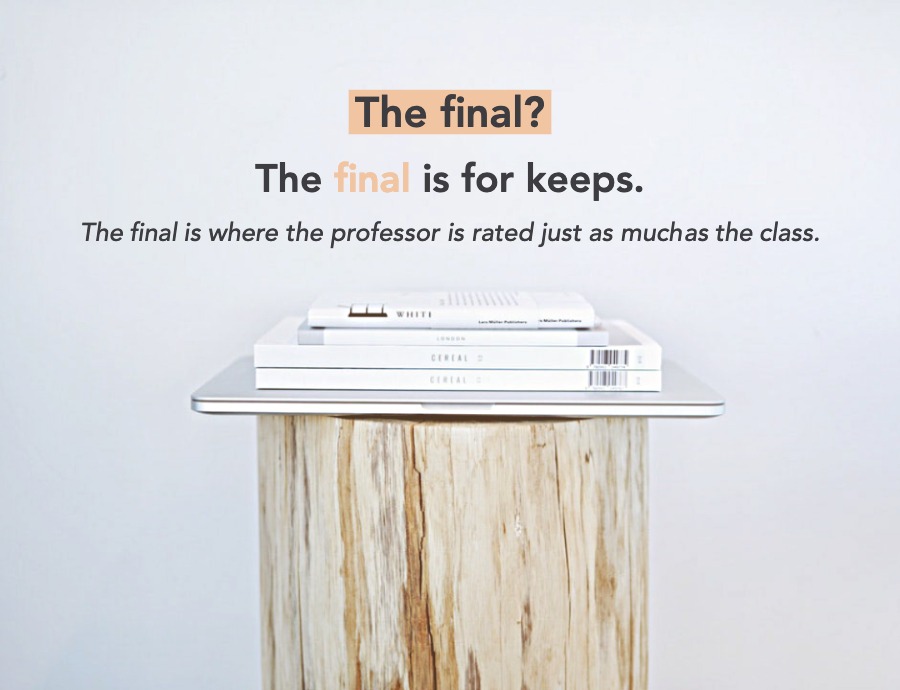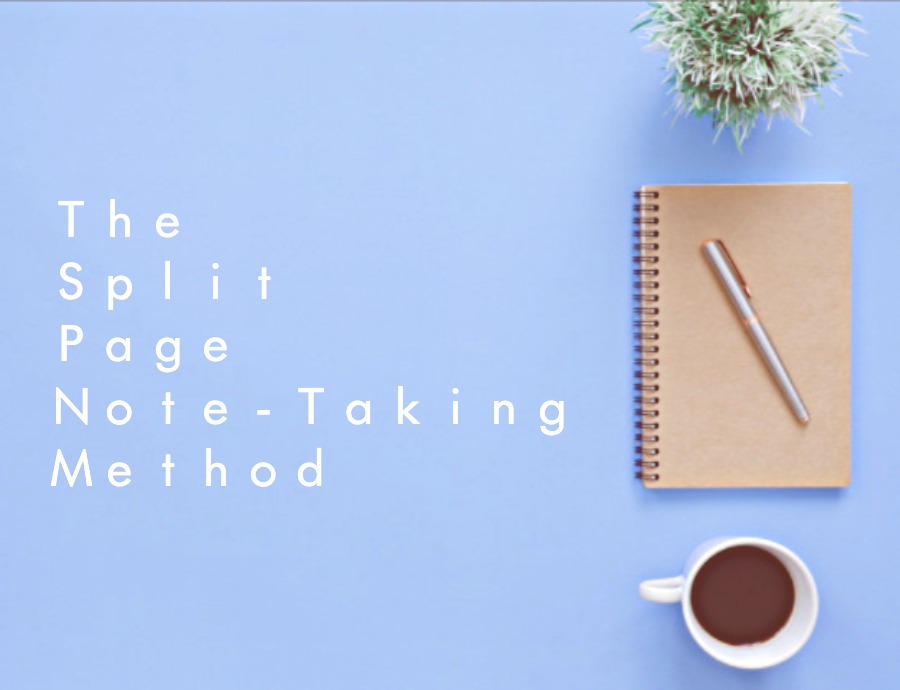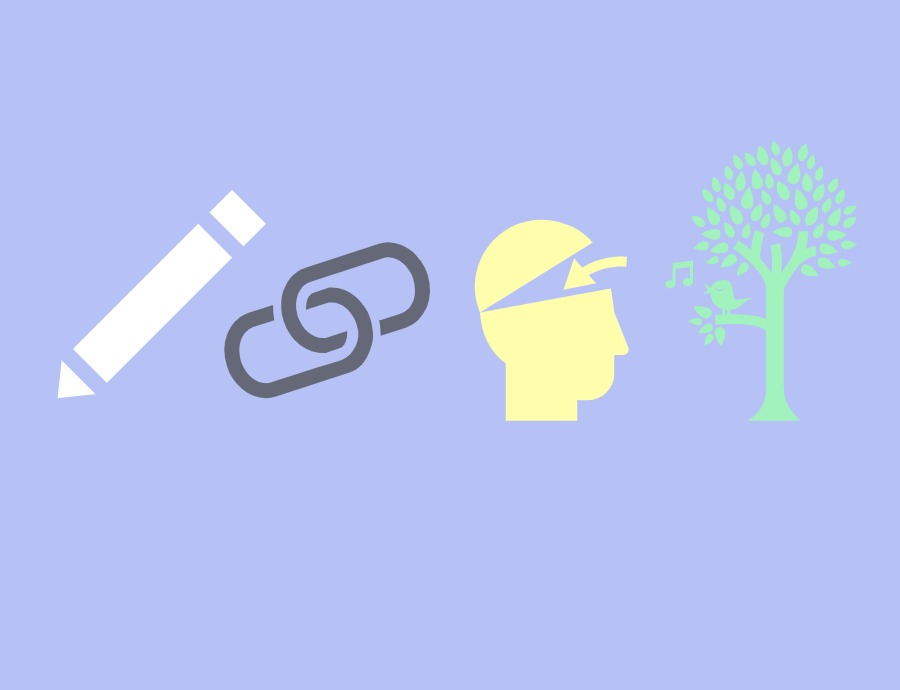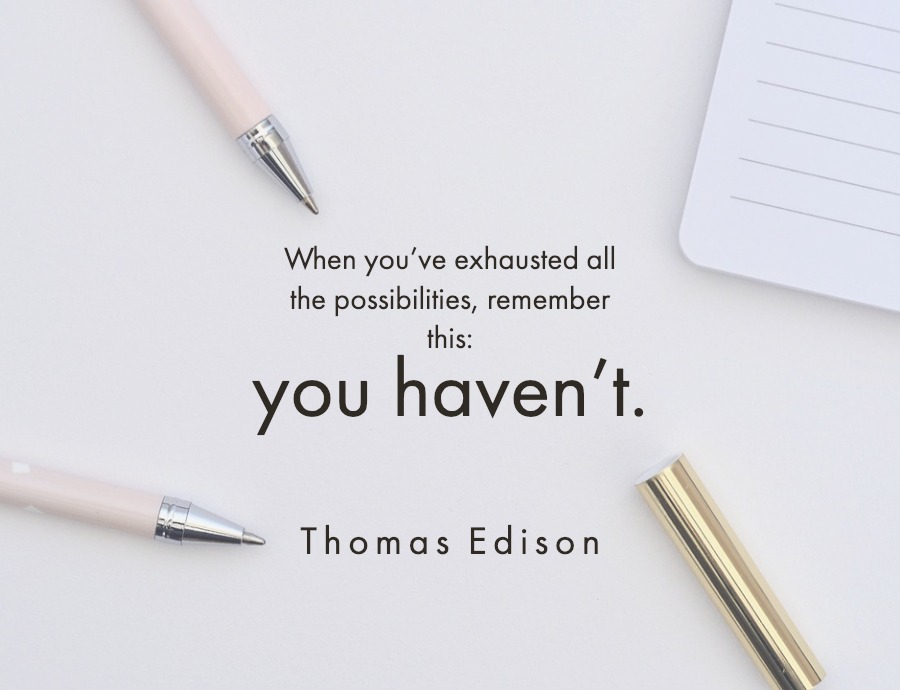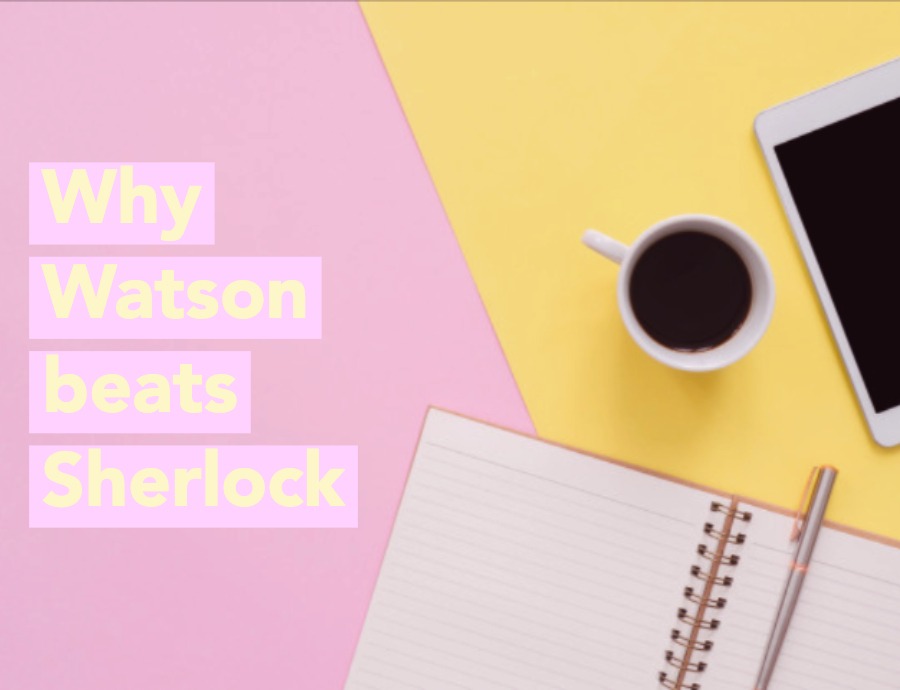Reading the solution to your problems? That’s a mistake made by even the smartest students! “I wonder how to do this problem?” they think, which is always a good question. They open a book, which is always a good idea. They read the example, which is how you learn. Then they think “Oh, that’s how to do it”, close the book, and move on. That’s the mistake! Because it flushes the entire solution out of their mind.
When you quickly check the book to see if the solution’s there, that’s what you’re training your brain to think. That the solution is there, in the book, and that as long as it’s there you doesn’t need to worry about it. But you do! You need to know how to do it! Just reading the solution and moving on means you’ve scratched the itch of wanting to find out how to do it, but you haven’t actually learned how to do it yourself. The exam isn’t going to ask if you’ve ever seen how it’s done. The exam will ask you to actually do it. So that’s what you need to practice!
You need to do the problem just like you’d do it on the exam. The best way to prepare for that is closing the book after reading the solution and turning to a blank piece of paper. Now do the problem from scratch, including but not limited to specific steps you were searching for. Things seem so simple when we see them written down for us. But building the solution ourselves is the real work, and that’s what we have to test ourselves on every time.
If you get stuck now you know where your REAL problem was. Go back to the book, check the solution again, and now write the problem again FROM THE START. Don’t just continue on from where you got stuck! Because you won’t be able to stop and check the book on the big day of the exam. Practice completing the problem from start to finish. Make sure every step flows from your own brain, not somebody else’s work in a textbook.
This seems like a much slower method of studying. But only at first. The more you use it, the faster you’ll get at everything. You’re training your brain to see solutions as things it has to complete, not just text it has to read, so it’ll improve at actually doing exam problems all the way through every time. Which means you’ll solve problems more quickly and correctly every time.
(Just) reading the answer is a mistake.
When you quickly check the book to see if the solution’s there, that’s what you’re training your brain to think. That the solution is there, in the book, and that as long as it’s there you doesn’t need to worry about it. But you do! You need to know how to do it! Just reading the solution and moving on means you’ve scratched the itch of wanting to find out how to do it, but you haven’t actually learned how to do it yourself. The exam isn’t going to ask if you’ve ever seen how it’s done. The exam will ask you to actually do it. So that’s what you need to practice!
You need to do the problem just like you’d do it on the exam. The best way to prepare for that is closing the book after reading the solution and turning to a blank piece of paper. Now do the problem from scratch, including but not limited to specific steps you were searching for. Things seem so simple when we see them written down for us. But building the solution ourselves is the real work, and that’s what we have to test ourselves on every time.
If you get stuck now you know where your REAL problem was. Go back to the book, check the solution again, and now write the problem again FROM THE START. Don’t just continue on from where you got stuck! Because you won’t be able to stop and check the book on the big day of the exam. Practice completing the problem from start to finish. Make sure every step flows from your own brain, not somebody else’s work in a textbook.
This seems like a much slower method of studying. But only at first. The more you use it, the faster you’ll get at everything. You’re training your brain to see solutions as things it has to complete, not just text it has to read, so it’ll improve at actually doing exam problems all the way through every time. Which means you’ll solve problems more quickly and correctly every time.

